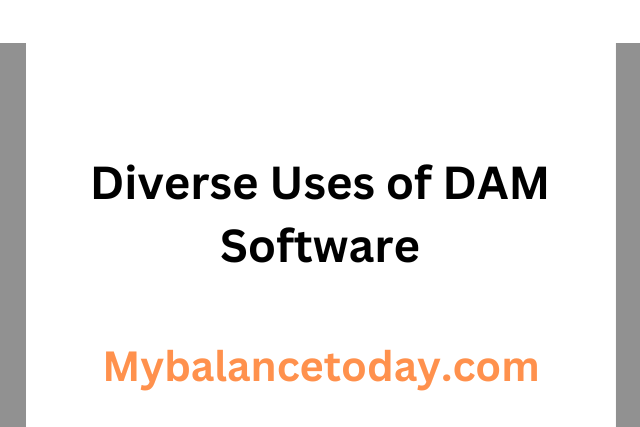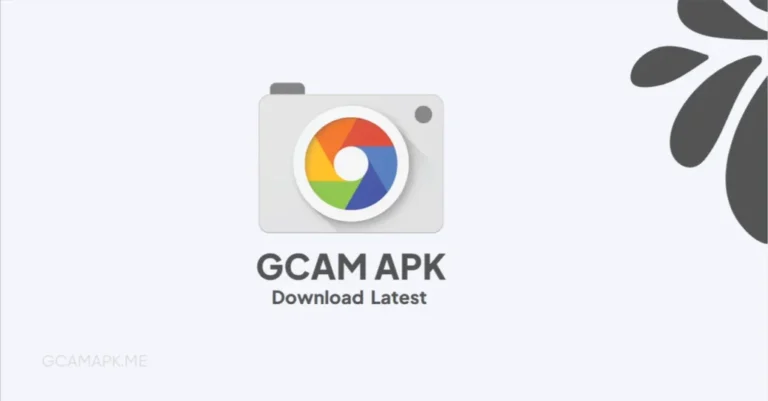Diverse Uses of DAM Software


In the dynamic landscape of digital content creation and management, businesses are increasingly turning to Digital Asset Management (DAM) software to address the challenges of organizing, accessing, and distributing digital assets. DAM software, with its versatile features and functionalities, plays a pivotal role in transforming the way organizations handle their rich media and creative files. In this article, we will delve into the diverse uses of DAM software and explore how it can revolutionize workflows across various industries.
Contents [show]
1. Centralized Asset Storage:
One of the primary uses of DAM software is to provide a centralized repository for storing digital assets. This centralized storage eliminates the need for scattered files across different departments or individual devices, ensuring that all team members have access to the most up-to-date and approved assets. This not only streamlines workflow but also fosters collaboration by providing a single source of truth for digital assets.
2. Efficient Organization and Retrieval:
DAM software excels in organizing digital assets systematically. Through features such as metadata tagging, categorization, and customizable taxonomies, users can efficiently organize assets for easy retrieval. The robust search capabilities of DAM software empower users to quickly locate the files they need, saving valuable time and enhancing overall productivity.
3. Streamlined Collaboration:
Collaboration lies at the heart of successful projects, and DAM software facilitates seamless collaboration among team members. With real-time access to a centralized platform, individuals can collaborate on projects, share feedback, and work together on creative endeavors, irrespective of geographical locations. Version control features also ensure that everyone is working with the latest iterations of files, reducing the risk of errors.
4. Brand Consistency and Compliance:
Maintaining a consistent brand image is crucial for businesses, and DAM software plays a pivotal role in ensuring brand compliance. By storing approved brand assets and guidelines within the DAM system, organizations can guarantee that all teams use the correct and up-to-date materials, reducing the risk of inconsistencies in marketing collateral and brand messaging.
5. Workflow Automation:
DAM software often comes equipped with workflow automation features that streamline the content creation and approval process. Automation eliminates manual tasks, accelerates project timelines, and ensures that assets go through the necessary approval channels before being published or distributed. This results in a more efficient and error-free workflow.
6. Enhanced Security and Access Control:
Security is a paramount concern when dealing with digital assets, especially in industries where confidentiality is critical. DAM software provides robust access controls, allowing organizations to define and manage user permissions. This ensures that only authorized individuals can access, edit, or download specific assets, safeguarding sensitive information and mitigating the risk of data breaches.
7. Analytics and Reporting:
DAM software offers valuable insights into the usage and performance of digital assets. Organizations can track metrics such as asset popularity, user engagement, and download trends. These analytics enable data-driven decision-making, helping businesses understand the effectiveness of their assets and refine their content strategy accordingly.
8. Adaptability Across Industries:
DAM software is highly adaptable and finds applications across a spectrum of industries. From marketing and advertising to healthcare and education, organizations in various sectors benefit from the centralized storage, efficient organization, and collaborative features of DAM software. The adaptability of DAM software makes it a versatile solution for businesses of all sizes and industries.
Choosing the Right DAM Software:
Selecting the right DAM software is a critical decision for businesses seeking to harness the full potential of their digital assets. Consider factors such as user interface, scalability, integration capabilities, and the specific needs of your organization when evaluating DAM solutions. A well-chosen DAM system aligns seamlessly with your business objectives and enhances your overall content management strategy.
In Conclusion:
Digital Asset Management software has evolved into a cornerstone for organizations striving to navigate the complexities of digital content creation and management. From streamlined collaboration to brand consistency and enhanced security, the uses of DAM software are diverse and impactful. By embracing DAM solutions, businesses can unlock efficiency, foster creativity, and position themselves for success in the rapidly evolving digital landscape.
Also Read: Eplus4car




